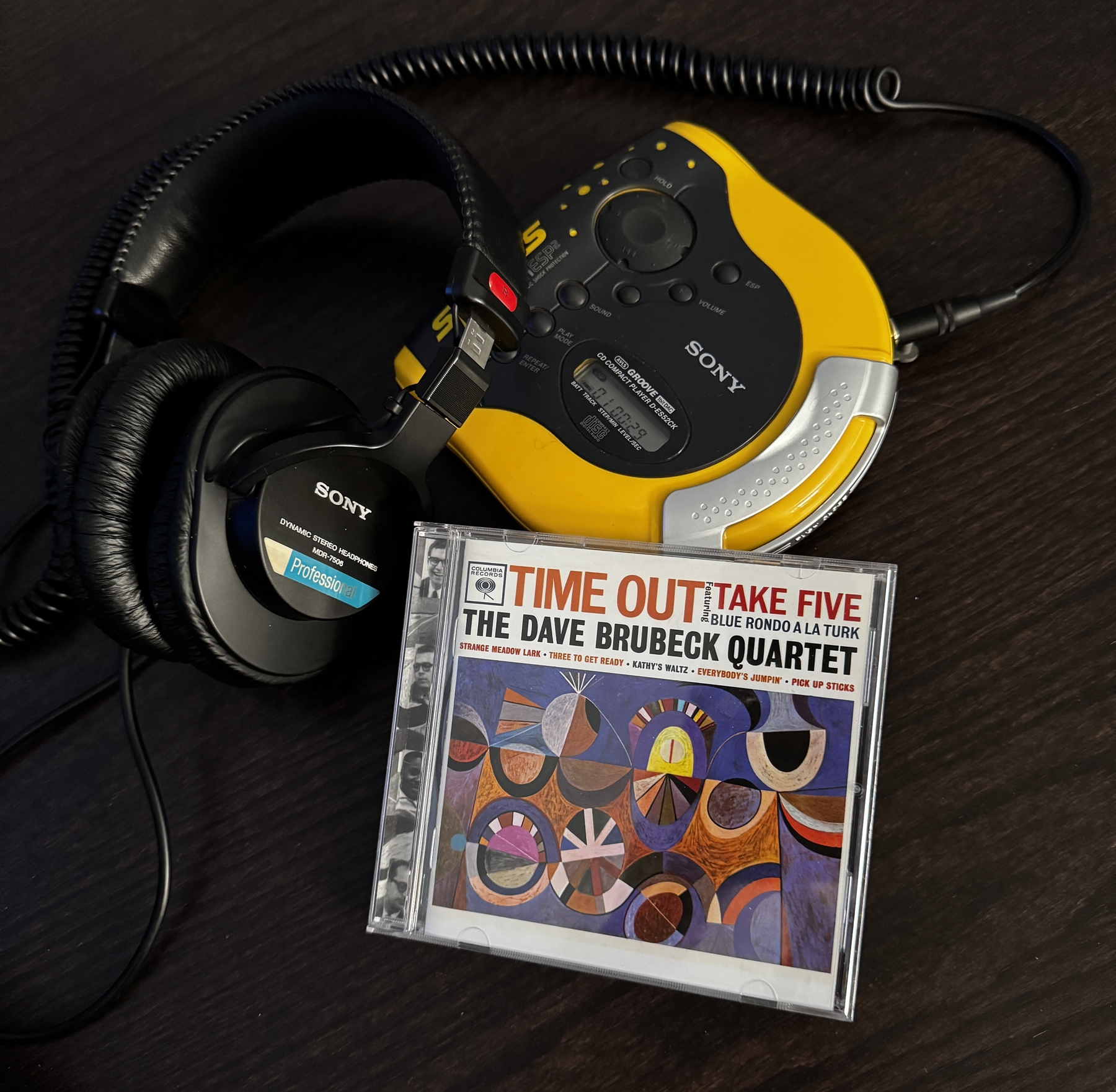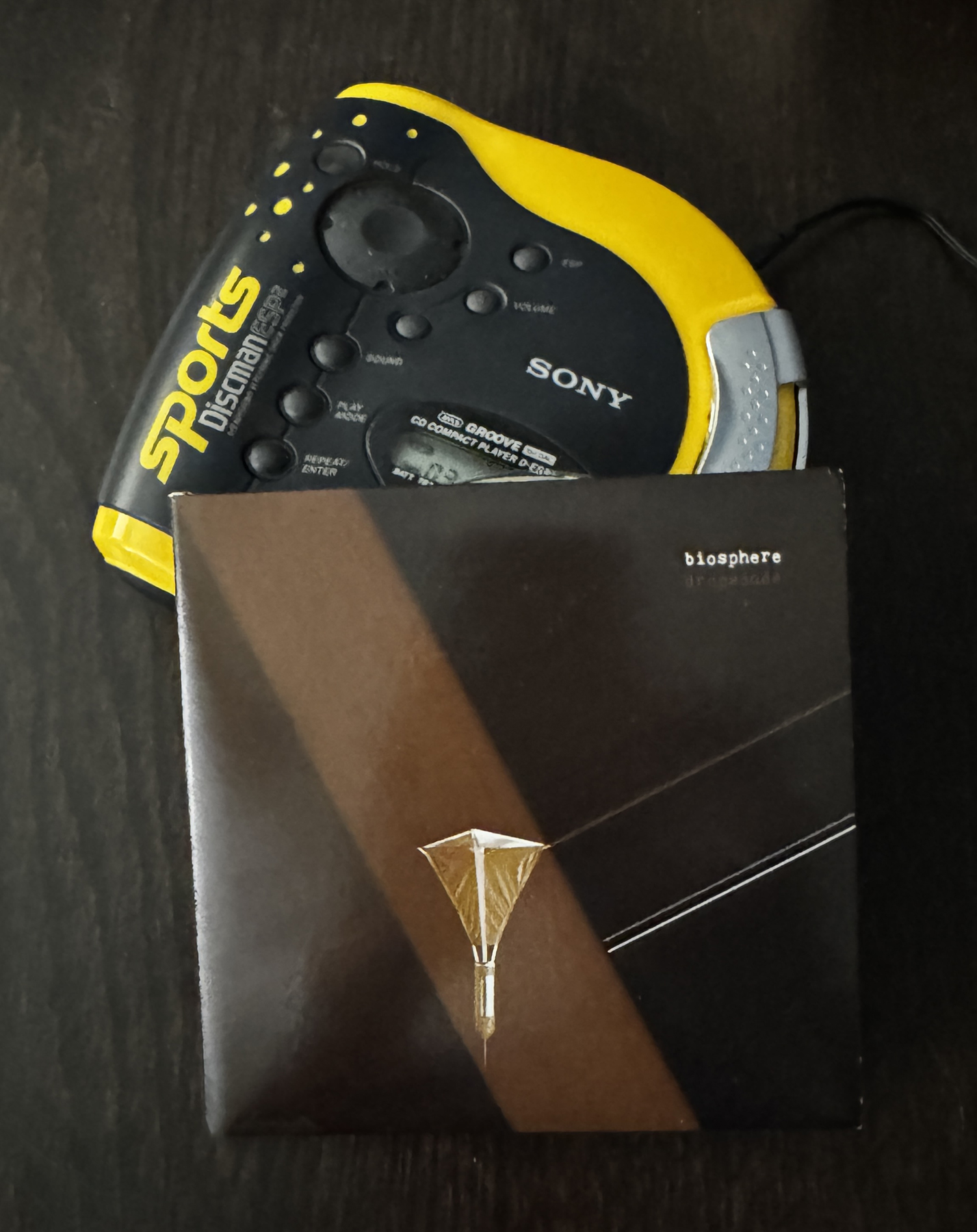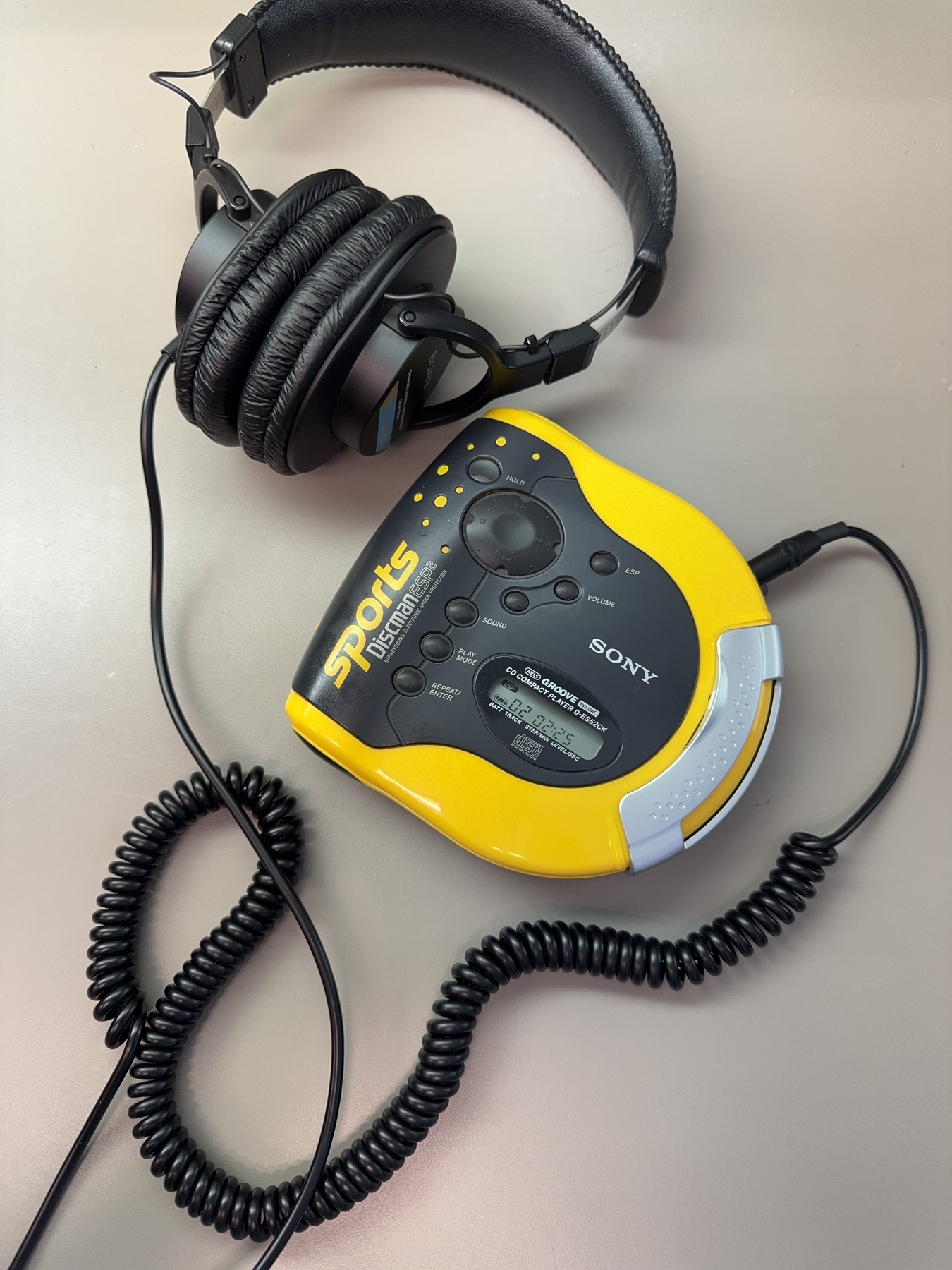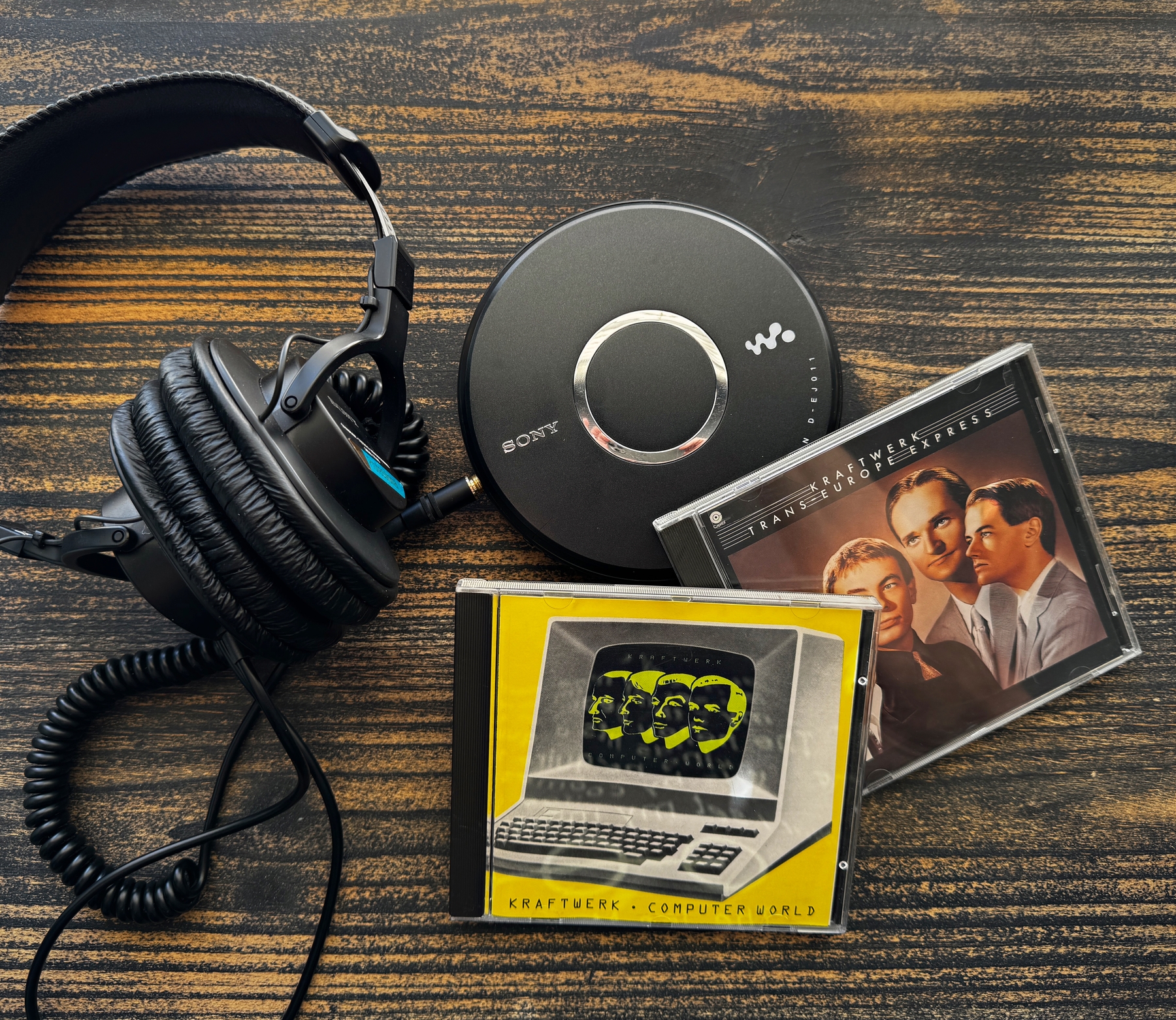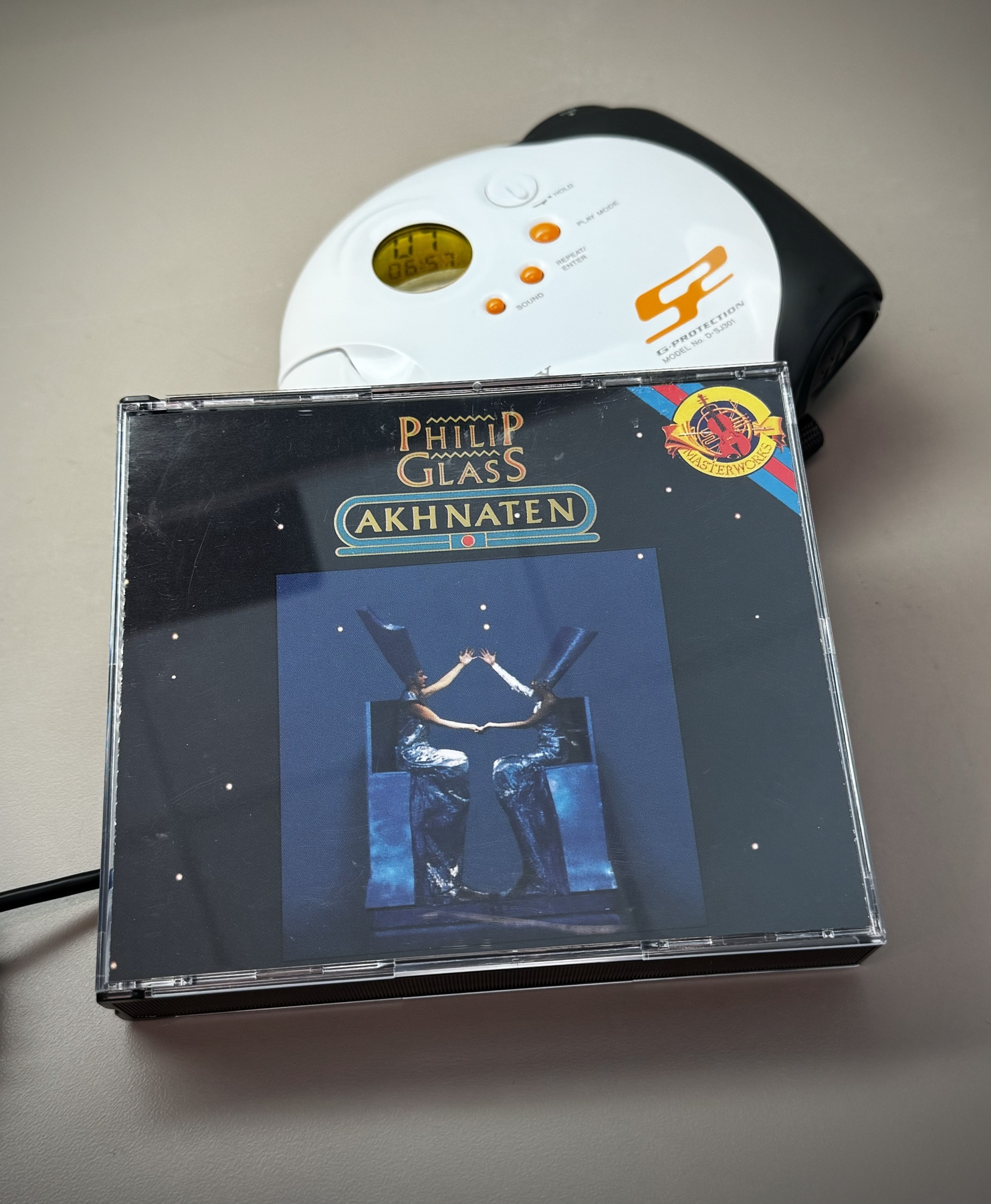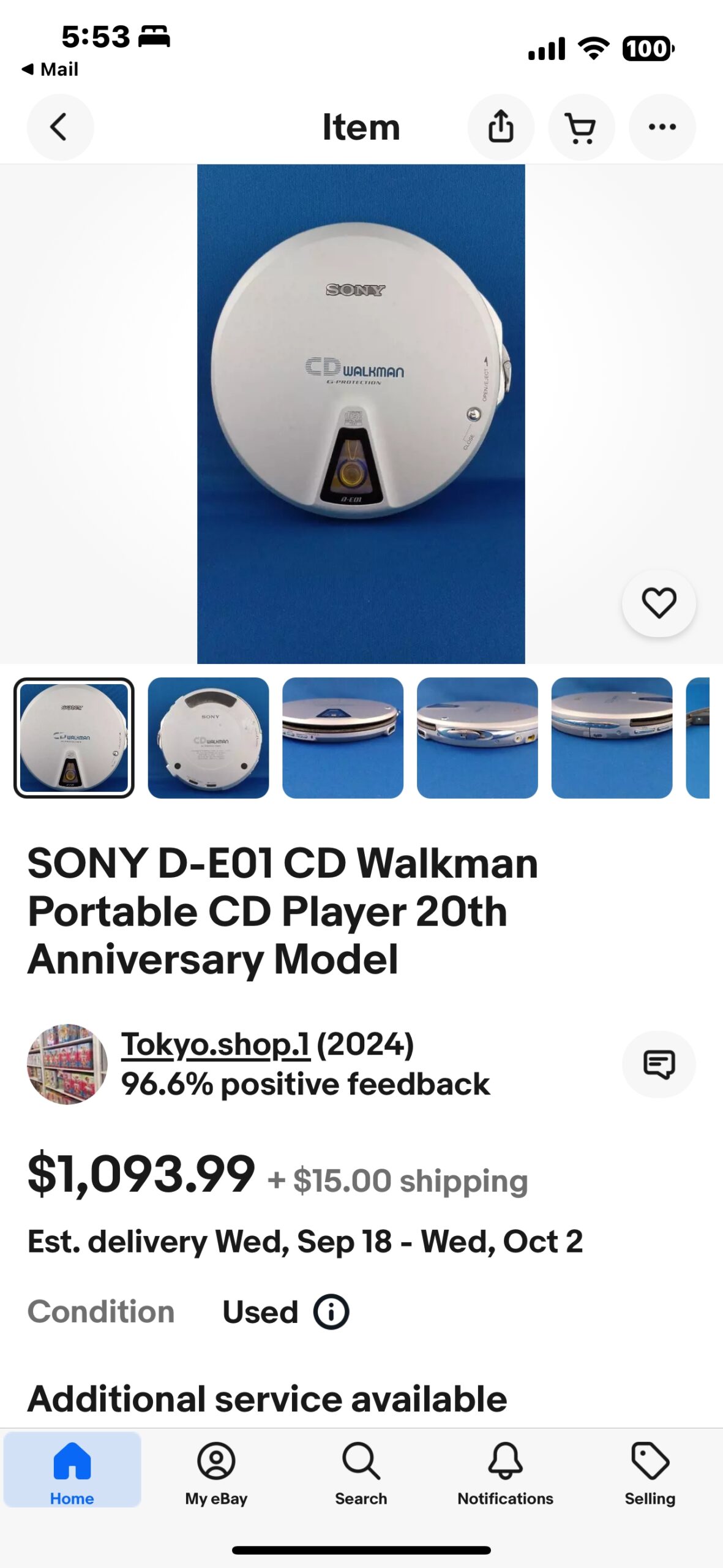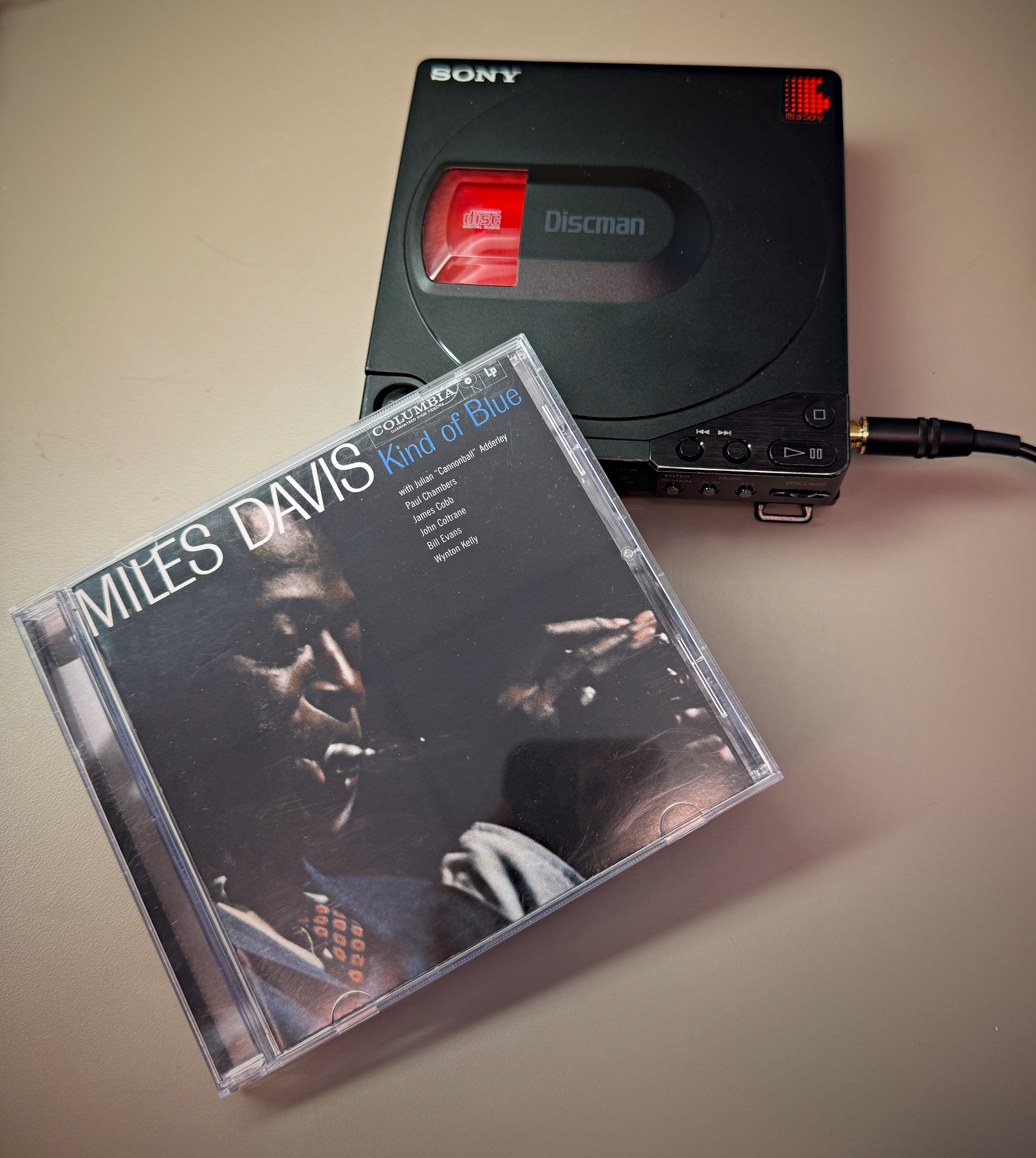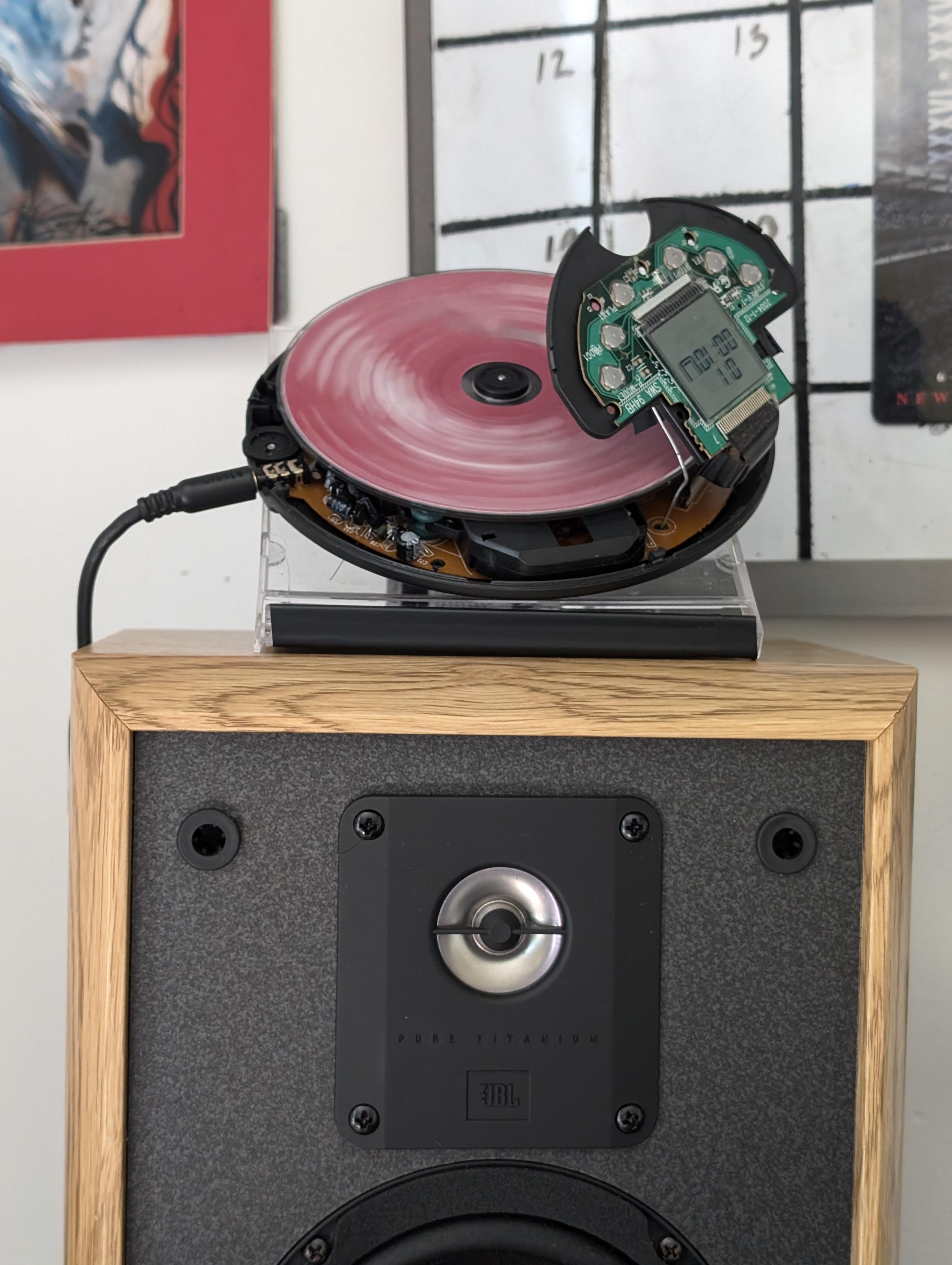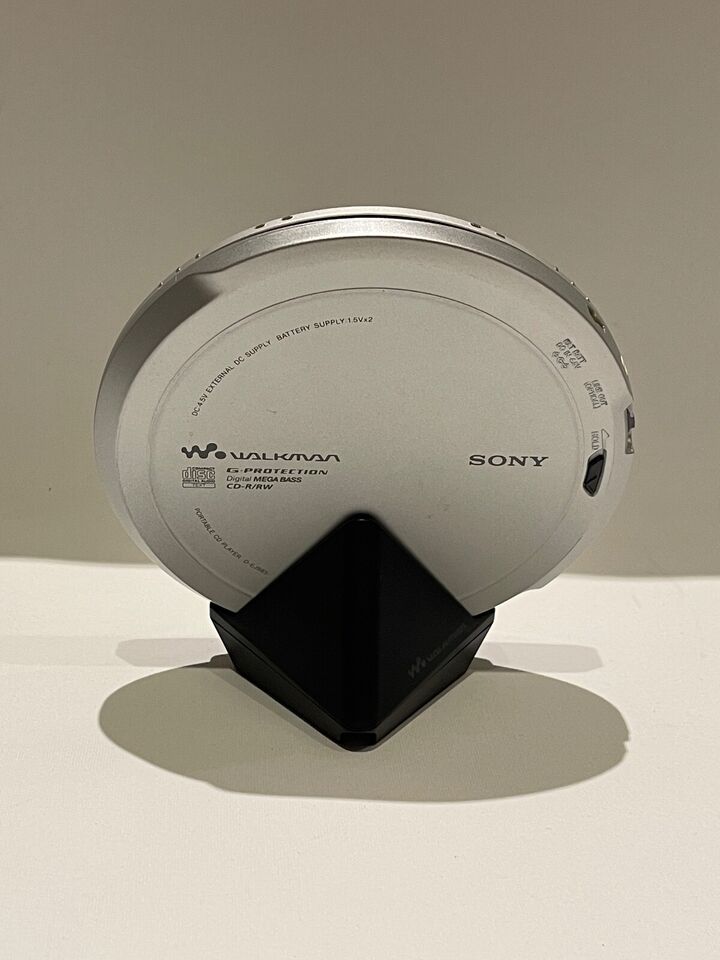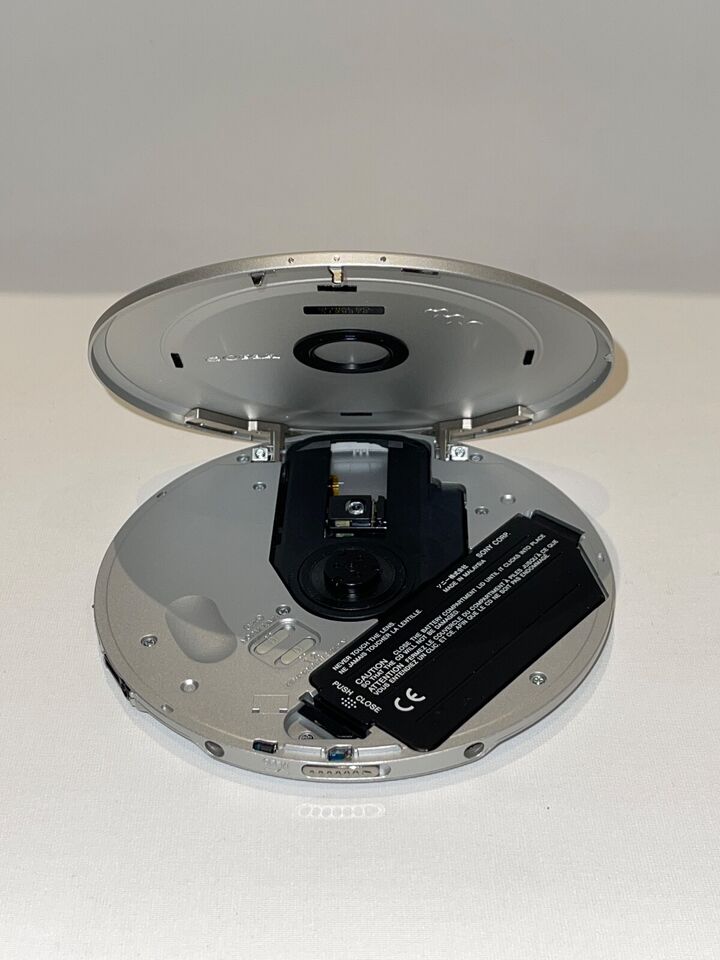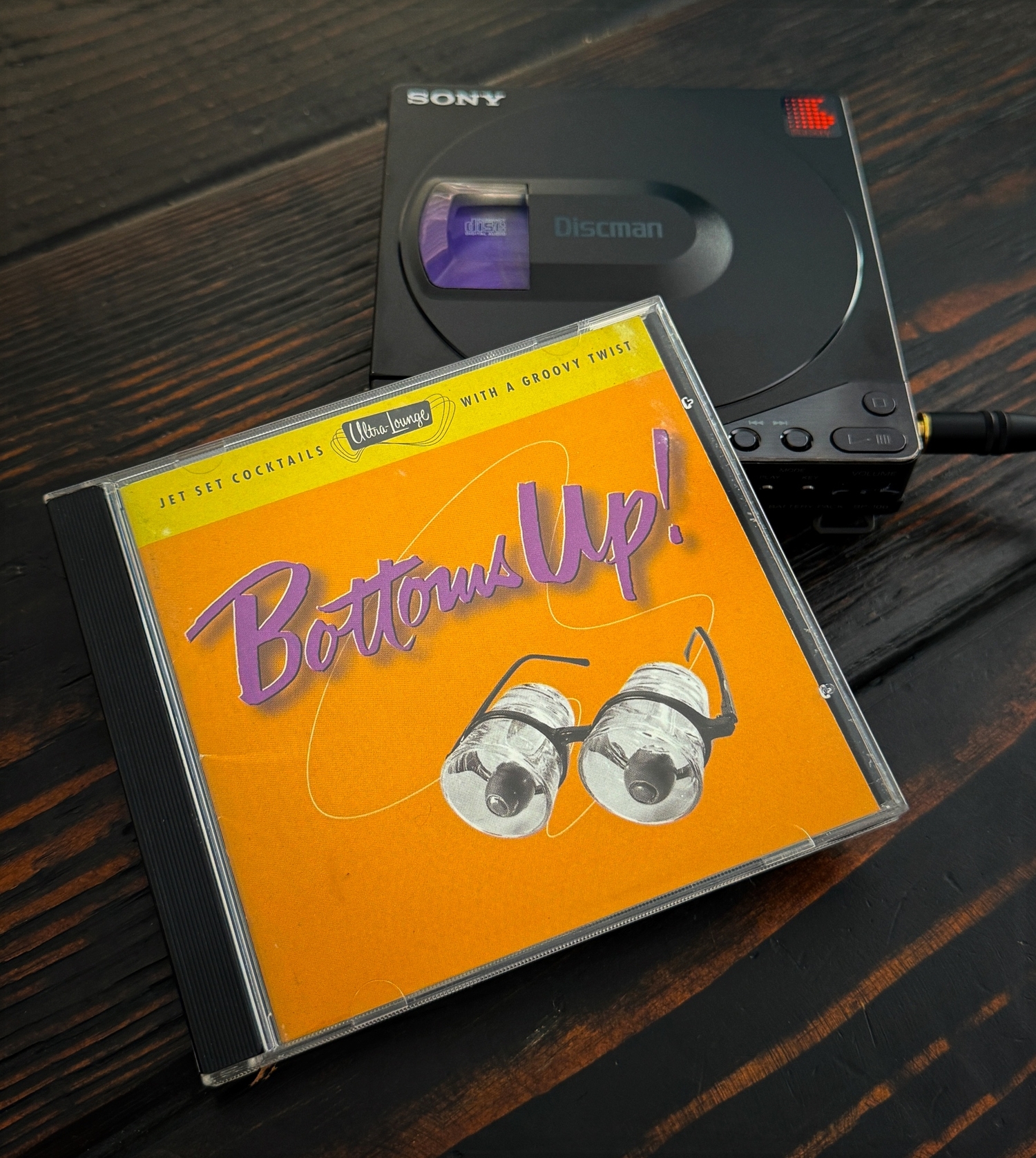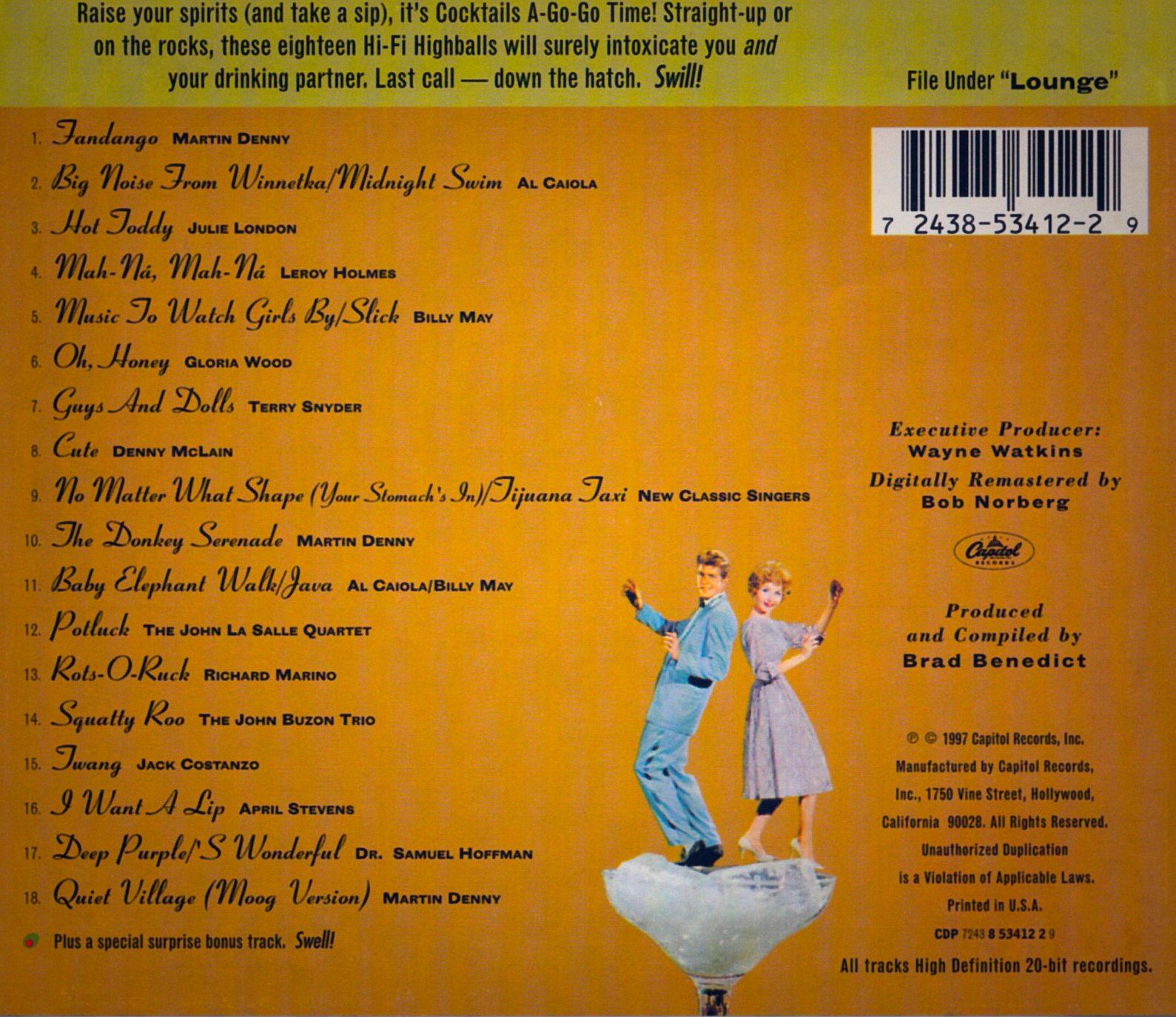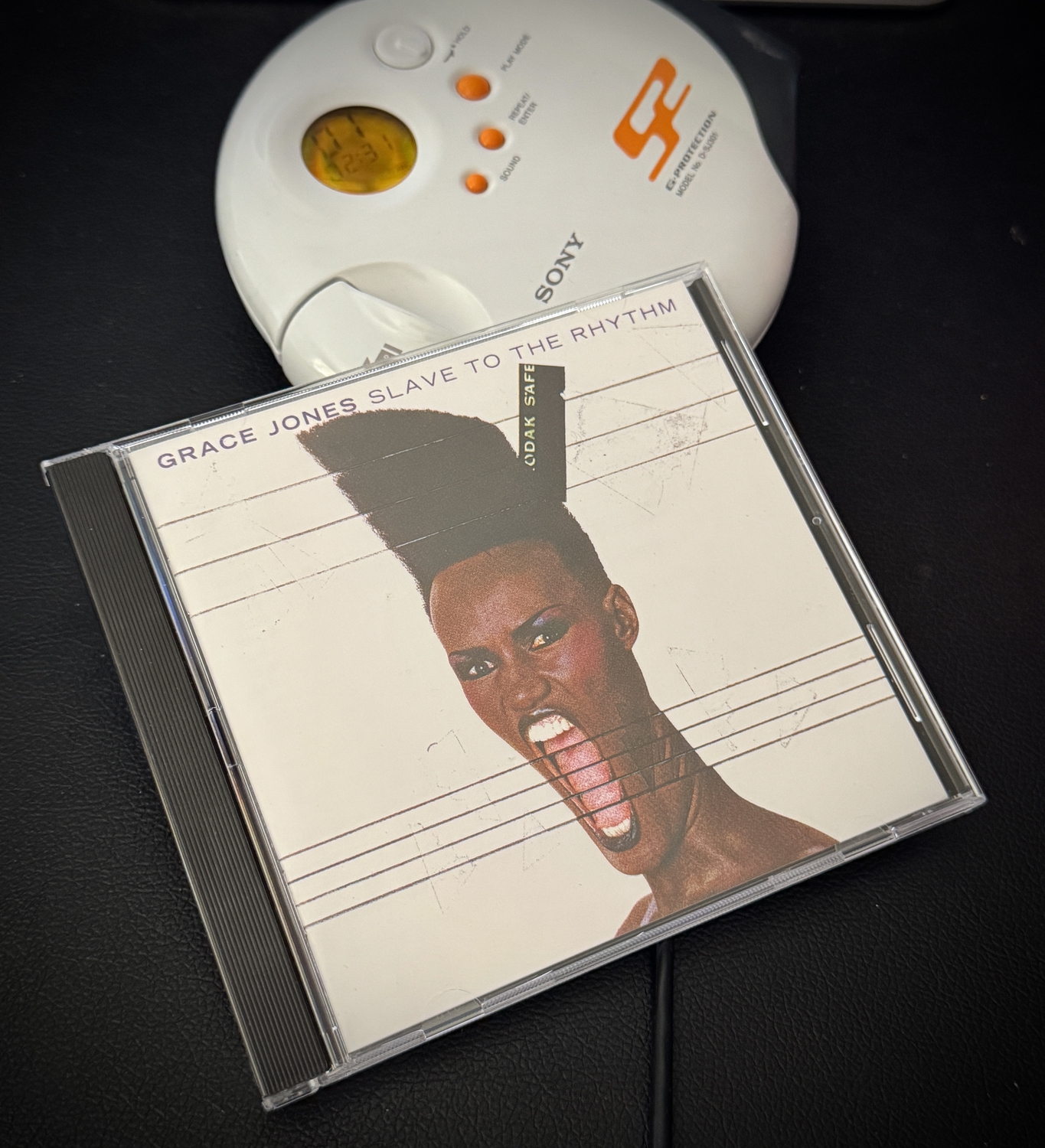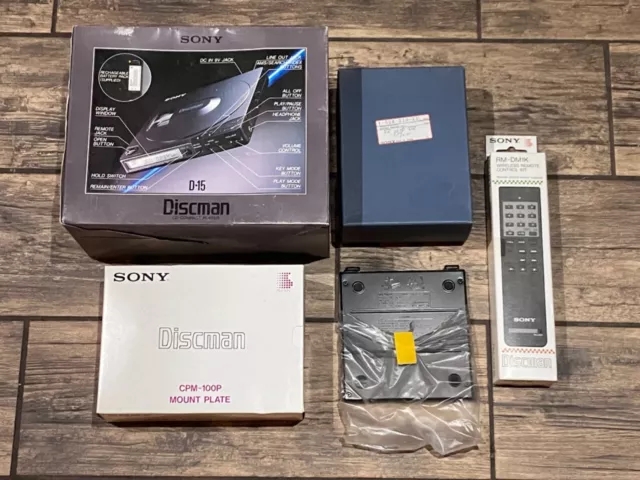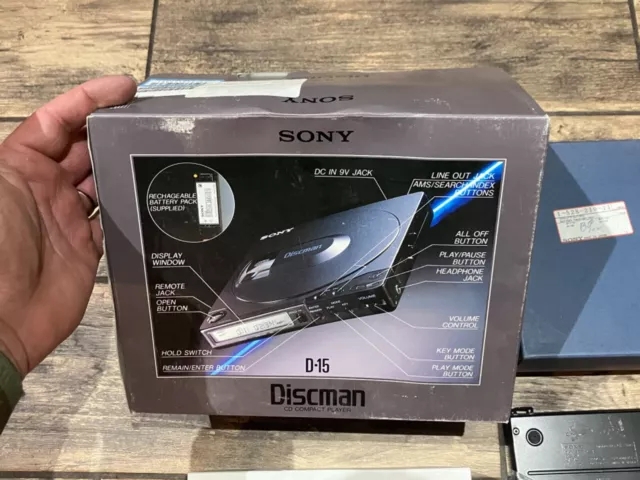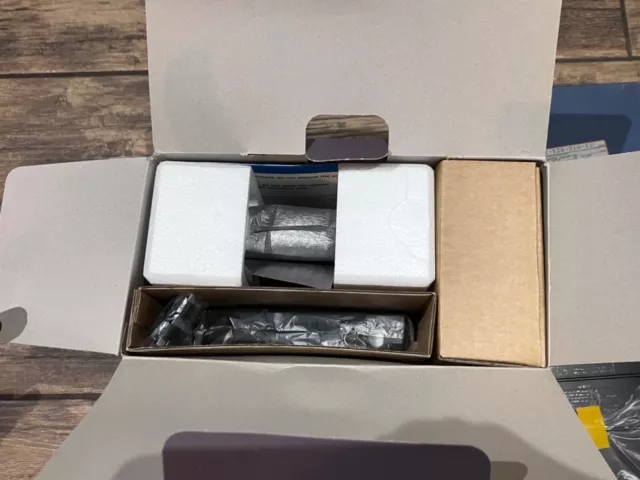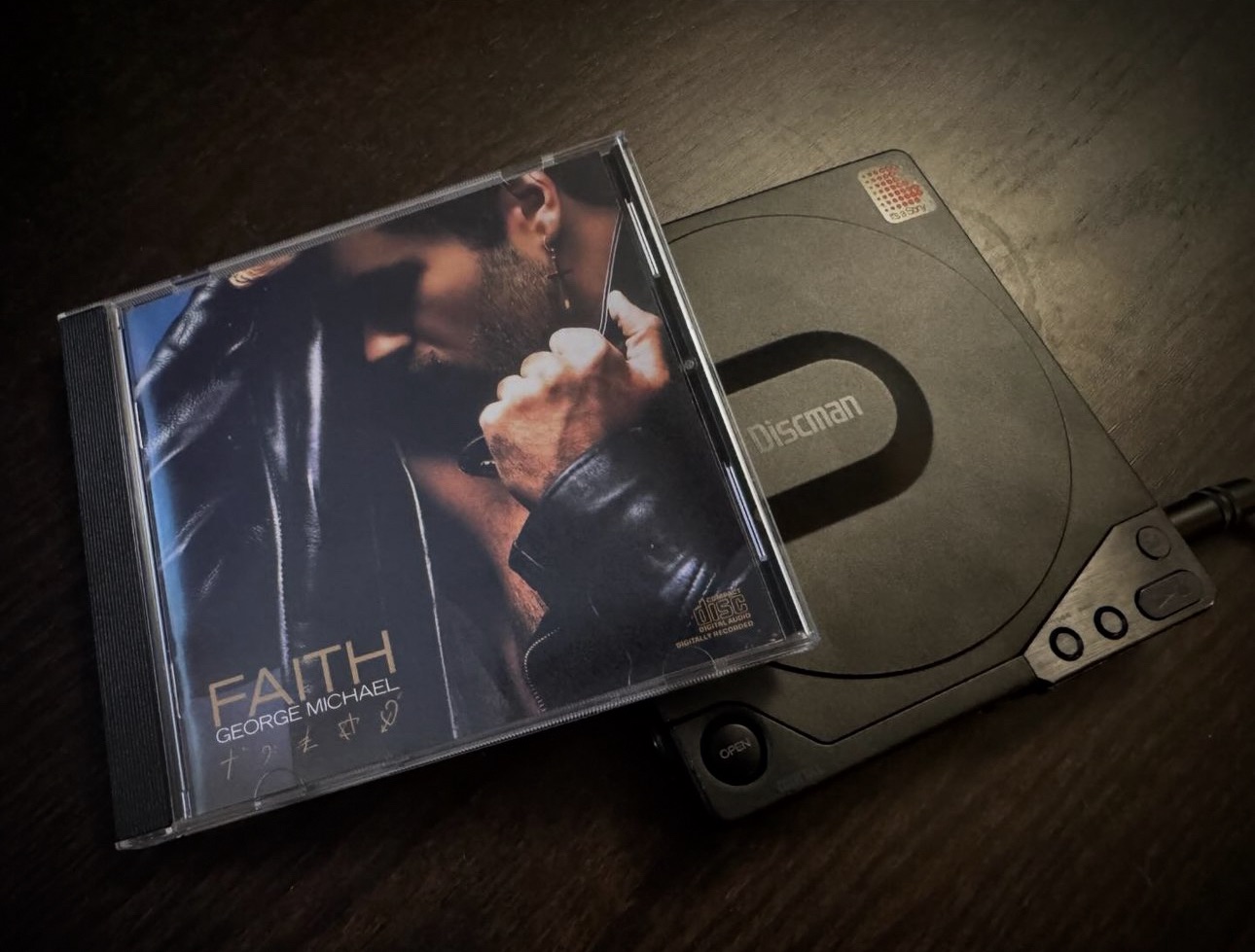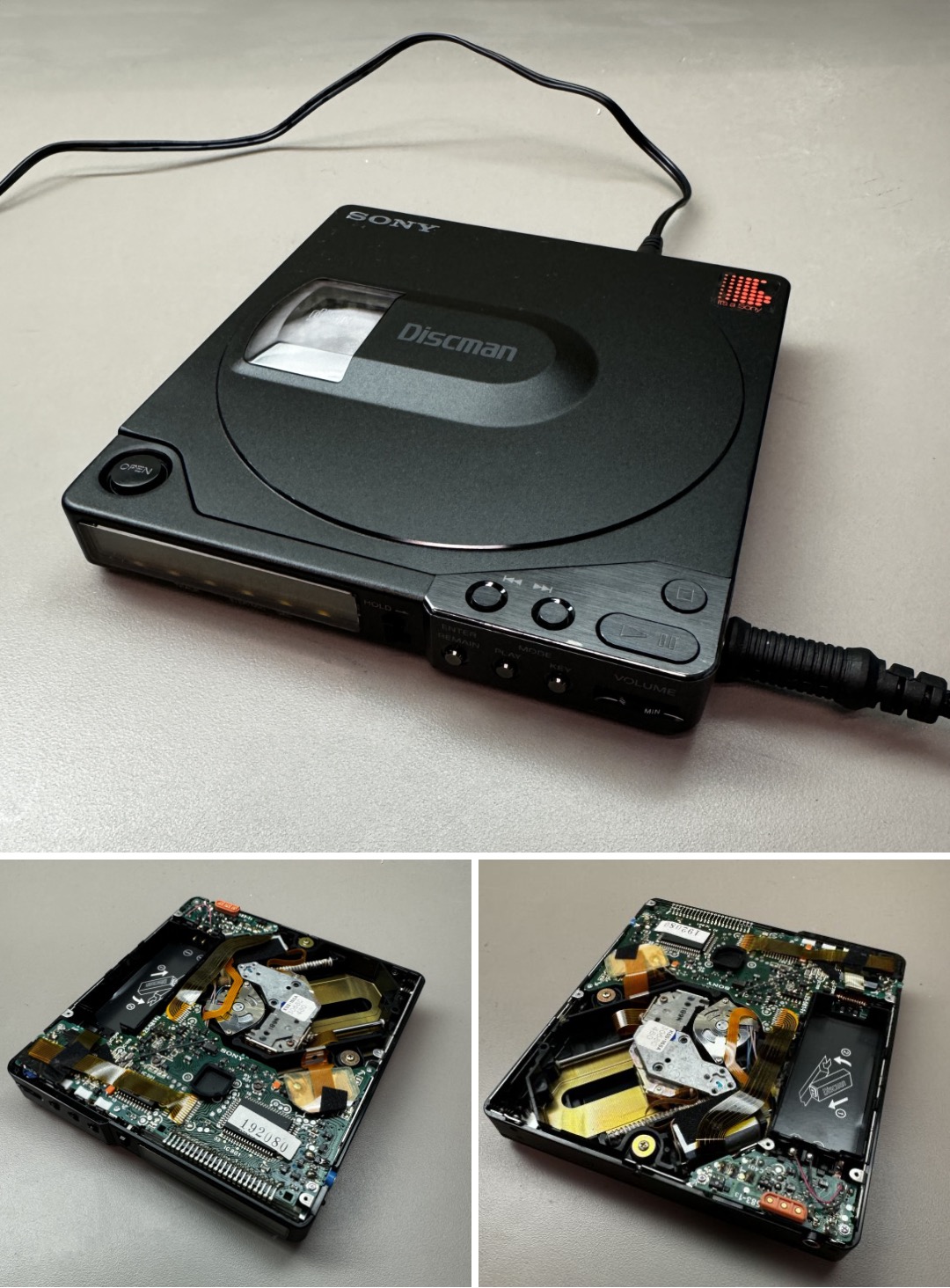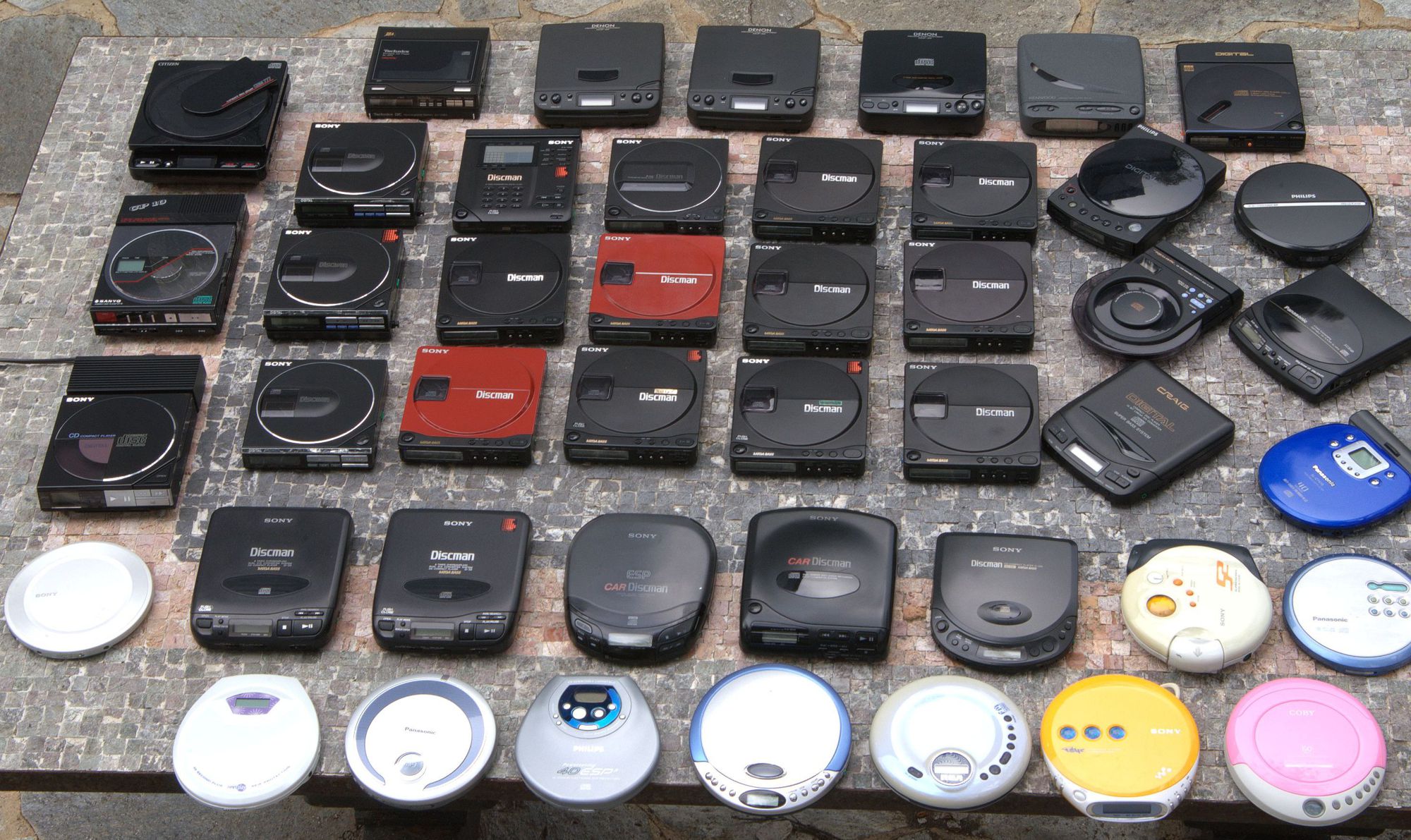Tuesday Afternoon Tunes
It's Been That Kind of Day
Tuesday Afternoon Tunes
It Lives!
Well…not really. Try as I might, I was unable to resuscitate the nugget. So I bought another one [tapping forearm to locate a vein] that was already working and I'm not the least bit disappointed.
I sold the D-10—the one that started this whole obsessive journey—at a substantial loss last week, so despite the fact it was at a loss, I'm strangely glad to be rid of it at the same time (so much for "keeping it for many years to come," eh?). I don't consider myself a collector, but honestly—but how many of a thing is considered a collection?
He's Dead, Jim

I knew what I was getting into when I bought it. Seller noted it as non-functional with a "no disc" error, but it was cheap and I thought why not give repairing it a shot? I've seen enough YouTube videos to know that the fix for the "no disc" error was simple – just some basic cleaning and a bit of tweaking of the laser's potentiometer. Hell, one video I watched even had this exact model and the numbers on the multimeter I needed to match to get it working.
Unfortunately, even after attaching a meter and mirroring what was shown in the video (and afterward a whole lot of playing around with other values), it still stubbornly refuses to read discs. The laser and the transport mechanism is verified as working (it moves normally and attempts to focus), but so far I've had no luck resuscitating it.
I did note that someone else had already been into it. The screws that hold the top plate of the bottom half of the unit in place all but fell out when I went to remove them, so who knows what's been fucked around with? (Says the guy who's fucking around with it.)
I'm half-tempted to seek out a working unit and just throw this one in the donate pile. I do rather like the styling of this lil' nugget.
Monday Afternoon WFH Vibe
Afternoon Tunes
Tuesday Afternoon Tunes
It's a Sickness, Really
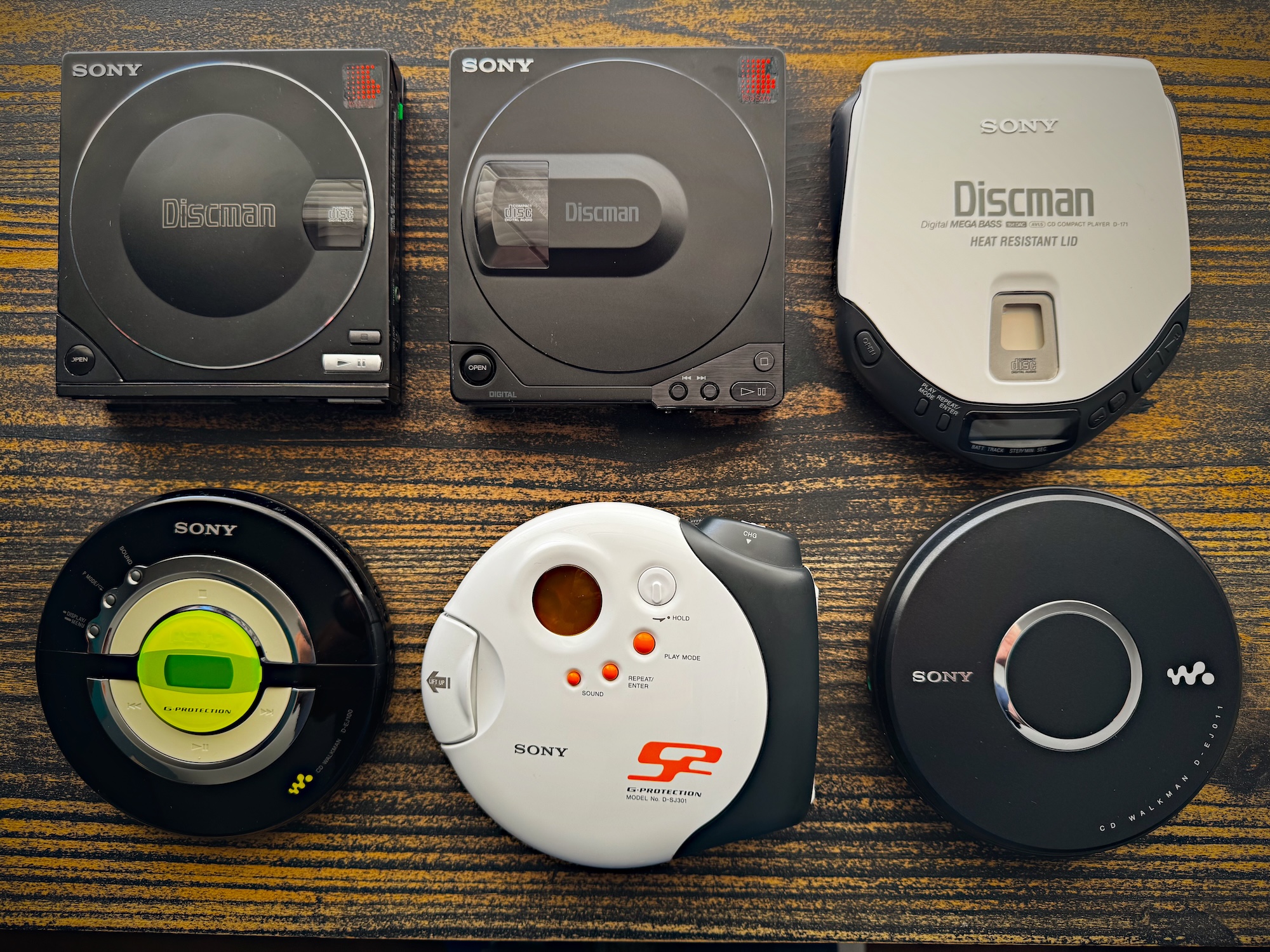
Which is my favorite? Hard to say. They each have their charms, idiosyncrasies, and downright fails.
For sound quality alone, it's a toss-up between the D-10 and D-15. My bedside unit is the D-171 because in the dark I can identify all the controls by touch. I alternate between the other three to take back and forth to the office and they all have excellent anti-skip protection.
Friday Morning Tunes
As My Friend John Says…
Nugget
Afternoon Tunes
Well, That's…Interesting
From the original post on Reddit:
Popped the top case off and taped the "open lid" switch down with some electrical tape. I used a paper clip through the screw holes for the lid to mount the button interface above the disc. Mounted the base to a CD case to prop it up at an angle or lay it flat. Got the Durabrand CD-895 from the goodwill for 2.99 last night and now I have this thing.
I Don't Need Another One…
And Now For Something Completely Different…
It's That Kind of Morning
Morning Soundtrack
I've Really Come to Admire…
I'd Forgotten…
Some Thoughts After Having Been Back Into This For a While Now
Sony D-10 (1986-89)
This was the first second portable CD player I owned shortly after the format showed up, back in the mid 80s. (The first was a Sony D-7, and I had nothing but issues with the headphone jack on that unit so I'm in no hurry to get another one.) Of the four players I now own, this one, hands-down, produces the best sound. Even though it's been fully serviced, I was still surprised how much noise the laser sled assembly makes when searching for tracks or when returning to its rest position at the end of play. It's also extremely sensitive to shock and vibration, something I have no memory of from back in the day. I know I used to drag it between my apartment and office downtown, tucked away in my backpack while I walked to and from MUNI stations and while riding the train but I certainly don't remember it being as skip-prone as this particular example is. Or maybe it's just like I wrote before: we didn't expect perfection and just lived with it. It's a question I suppose I'll never have a definitive answer for. Nostalgia notwithstanding, I also think it's among the best looking players that Sony ever produced. An all-metal enclosure, and a (in the case of this particular unit, a rebuilt, modernized) battery pack that clips on the bottom spoke to Sony's attention to quality and design.
Sony D-15 (1988-89)
This was supposedly the direct descendant of the D-10. It's marked by some design changes and improvements internally as well as externally. It also sports the addition of LED illumination in the display window (when the player is plugged into mains at least) and an internal battery pack. The sound from the D-15 is very close to the D-10, so much so that I'm hard pressed to find any huge real differences. Like the D-10, the case is solid aluminum, giving it a nice heft. The mechanism in this—also fully serviced—unit is much quieter than the D-10. And even though neither units possess anything resembling Sony's later "G-Protection" shock technology, I've found this player to be still more resistant to bumps and other jostles than its predecessor, and when bumped seems to recover a tad more quickly. In addition to the built-in battery pack, like the D-10, it can use the same external clip-on-the-bottom-of-the-unit BP-100 battery pack, although the guy whom I bought the D-10 from warned me not to charge the rebuilt BP-100 through the D-15 because of some voltage differences required by the newer battery formulation he used in the rebuilt unit and had compensated for in the D-10. So better safe than sorry since he obviously knows more about electronics than I do. I can power it from the BP-100, but I can't charge the BP-100 through the D-15.
As mentioned, the D-15 does have a provision for an internal rechargeable battery pack, but of course Sony no longer makes them. Thankfully there are third-party replacements available that can be recharged through the player itself or via a standard USB-C charger. I have one on order…
The one thing both the D-10 and the D-15 suffer from is an extreme sensitivity to dirty or scratched discs. Whereas the two later players (below) will handle most everything without a hiccup, the tiniest speck or scratch will cause these two to lose their minds, sometimes never recovering. I'll put a disc in and halfway through will start stuttering. I will pull the disc out and look at it under bright light, and yeah, sure enough, there's a partial fingerprint or a tiny speck of schmutz that I didn't see before. So I'm trying to get in the habit of wiping down each disc beforehand that I play in these units.
Sony D-171 (1997-98)
This is my old workhorse, purchased new in 1998 and put in storage at some indeterminate date. I pulled it out when I really started getting back into CDs (after remembering I still had it) and have enjoyed using it again. Obviously a decade had passed between the D-25 and the D-171, and in those intervening years Sony really got the design of these machines down to a fine art. Gone are the multi-level circuit boards and dozens of snaking wires. All the circuitry is now on one board. The D-171 is all plastic, but has held up amazingly well over the years. Still no skip-protection circuitry, but it does handle jostling better than either of the two earlier models, recovering almost instantly if it receives a direct hit. It also has something called "Mega Bass" that offers two increases in bass frequencies, neither of which are particularly welcome to my ears. When doing a direct comparison, the overall sound quality is rather muddy and a little "thin" in comparison to either the D-15 or the D-10 through my Grado over-the-ear cans, but certainly okay when listening through a pair of Skull Candy earbuds (dating from 2016 or thereabouts) while falling asleep. It also has the advantage of being powered by standard Double-A batteries (including the Duracell/Energizer rechargeable variety) when not plugged into the mains. Supposedly there was a rechargeable battery pack available that charged through the D-171 itself and slipped into the standard Double-A slots, but I never owned one back in the day and while there are replacements available online, I honestly don't see the need. The laser sled is still quite audible when searching or returning to its rest, but it's neither louder or quieter than the D-15. And as I discovered last week, the D-171 also has the advantage of being extremely easy to get into for repairs.
Tuesday night as I was getting ready for bed, I popped a CD in and pressed play and saw the disc try to spin up and then stop, giving me the dreaded "No Disc" error on the display. Wondering if it was the disc itself, I tried another one with the same results. With it being too close to midnight for me to investigate further, I put it aside until the next day.
It turned out that one of the ball bearings that hold the disc in place on the spindle had popped out of its holder and was rolling around inside the player. Five screws and some gentle prying later, I had the unit apart and located the culprit, pushed it back into place, and everything worked normally again.
The one downside to my old player (other than the general sound quality in comparison to the other players) is that it produces a loud, annoying beep through the headphones when in pause mode—and there's no way of turning it off.
Sony D-EJ100 (2004)
This was one of those impulse, totally unnecessary "because it looks cool" purchases, and has become my go-to player for my daily commute and use at work. The sound quality still isn't as good as either the D-10 or D-15, but it is better than the D-171, and it's perfectly fine for 8 hours at the office. And it has shock protection! Since it's continually reading data into memory before passing it to the amplifer and on to your headphones, all but the worst upset is ignored. Like the D-171, the D-EJ100 is all plastic, but the particular unit I bought was either generally unused or taken very good care of by its previous owner as there's nary a scratch on it (except for the bottom, which was to be expected). The laser sled makes about the same amount of noise when it's slewing as the D-171, which is to say it's audible, but not annoyingly so.
It has a few other features beyond "G-Protection" as Sony calls it. Like the D-171 it has a two step bass boost, but also has a wired remote that connects between your headphones and the player if needed) so you can change tracks and volume when the player is sequestered in your bag or backpack. (This unit came with one, but I've yet to use it.) Also like the D-171 it arrives out of the box with a loud, annoying beep when paused, but this can now be turned off!
Have I mentioned the batteries? When not plugged into the mains, it's powered by standard (or rechargeable) Double-As, and battery life on this unit is amazing. It's rated at 50 hours, and I'm here to confirm that if anything, that's a lowball estimate. It may not have been running for a solid 8 hours a day—more like 5-6—at work, but it took nearly three weeks for the fresh set of batteries it arrived with to run out.. Yeah, I know with iPhones and other modern media players, that probably doesn't sound like much since our new devices get recharged on the daily, but I think it's outstanding for a twenty year old piece of tech.
I'm Such a Geek
Everyone Needs A Hobby
Obsessed
I don't know if anyone out there needs this, but I was unable to locate an electronic version anywhere, so I had to buy an original paper paper copy and scan it. I uploaded a .pdf of the entire thing to hifiengine to share with the world, but not everyone has access to that site.








